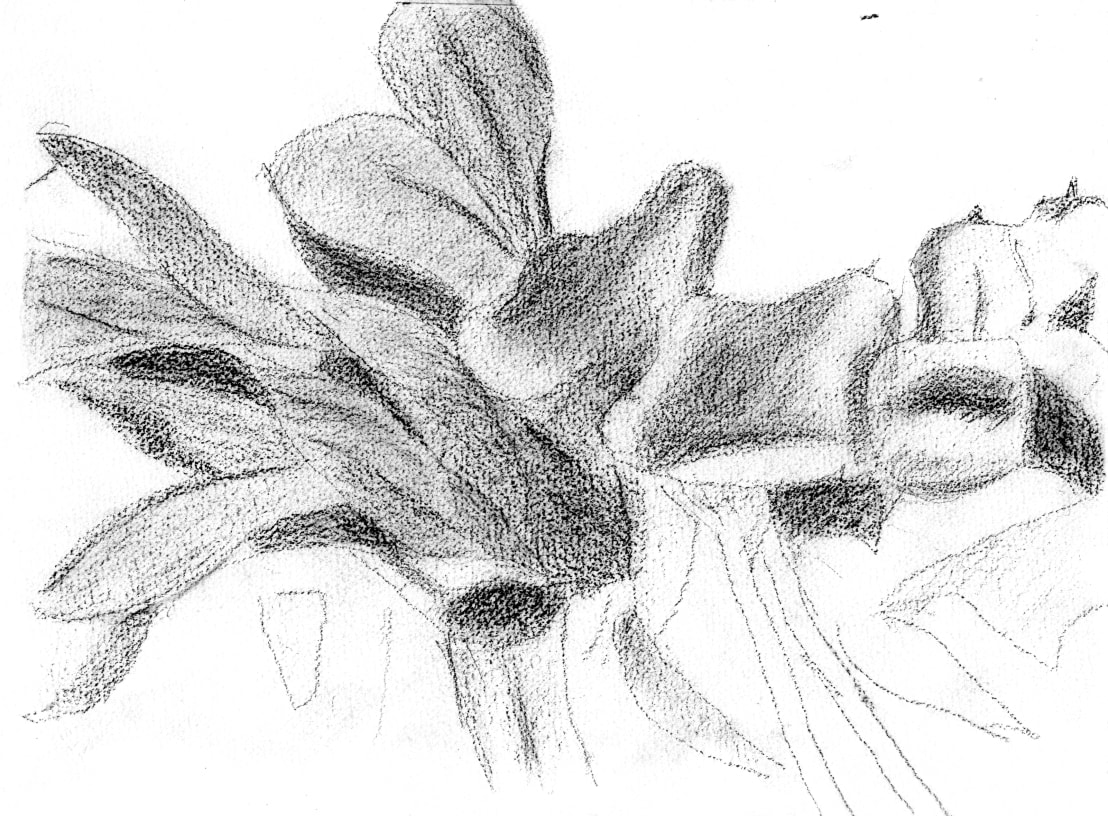Sean Scully at Église Saint-Nicolas in Caen bringing architecture and art together Review by Stephen Hitchins
By Stephen Hitchins
While Paris was the focus of the world this summer with the Olympic celebrations, in northern France, the artist Sean Scully was attracting a different audience to see his work, displayed inside a church as part of the Normandie Impressioniste festival of exhibitions. (...)
Many artists have had a lifelong fascination with the idea of bringing architecture and art together. In particular, sculpture. Unfortunately, the two seldom hit it off. Sean Scully, however, does bring it off, and has done so on numerous occasions: at the Monastery of Santa Cecilia in Montserrat in 2015; in 2019, Picasso’s Château de Boisgeloup in Upper Normandy, Villa Panza in Varese and Venice’s San Giorgio Maggiore; at Houghton Hall in Norfolk in 2023; and now in Caen, another sacred space, this one brought to the artist’s attention by Joachim Pissarro (the art historian, curator, great-grandson of Camille Pissarro, and president of Normandie Impressionniste), who asked Scully to make this intervention. Montserrat is the only permanent intervention, but just as there hedonated paintings on canvas, aluminium and copper, replaced windows with stained glass, designed candlesticks and painted frescoes on the wall, curating the whole project and advising on the restoration of the interior, so in Caen Scully has paid for the transportation and installation of another wide range of work, and achieved dominion over the church.
The first thing anyone has to do when looking at a painting is to decide where to stand. It can be an important decision. Here, the paintings envelop the spectators. Stand close and their sheer scale overwhelms you; move around and the combined effect makes the audience participants in the artist’s
imagination. Eduardo Paolozzi once said that the artist tries to arrest flux and to perpetuate a single moment, just as Joshua prayed that God should stop the sun’s course. Scully both stops you in your tracks and perpetuates a continuous running series of moments. The work itself retains much more than a memory of experienced architecture – there is something wonderfully invigorating about the measured density with which the paint brings them into the world of prayer. What confounds some is that the image must be of ‘something’, whereas here the images are a combination of emotion and technique, as tantalisingly elusive as ever, enigmatic to some, but rather nowhere does it seem more appropriate that the hard-edge geometry of minimalism should be brought alive with gestural strokes, the precision saved from the formulaic by the looseness of the painting, the many-layered shifting blocks reflecting both Scully’s own peripatetic background and his emotional relationship with belief. ‘There is a spiritual dimension to human beings that has to be nurtured, and I’m in that,’ he says when we met in Caen. The dark under-painting always tempers the brightness of the finished result, the solidity of his blocks conveying foundations built on shifting sands: a post-modern, post-utopian style of abstraction. (...)
Talking to Scully it is not difficult to be drawn along with his punchy enthusiasm, his verbal agility, and his animated arguments. He once said, ‘punches are good, counterpunches are better’, and here, Scully counterpunches organised religion. The punchline is that in such a setting the work is both provocative and thoughtful. The elder statesman of abstract art is certainly not elderly. He quotes Lear: ‘The sorrows of the world have landed on my face.’ Next year he will be 80, yet this year and next Scully seems to be everywhere at once. There will be five retrospectives of his work in 2025: in Barcelona, Hamburg, the Herzog & de Meuron-designed Parrish Art Museum on Long Island, in Korea, and China. One of the final speakers at the Art for Tomorrow conference in Venice in June, Scully was asked to define the role of art and the artist. ‘The artist is the person who offers what could be. Can art change traffic conditions in big cities? No. Can art fix cars? No. Can art cure cancer? No. But art shows what is possible. Its job is to improve the human condition. This is what it is to be an artist,’ he said.















































































































































































